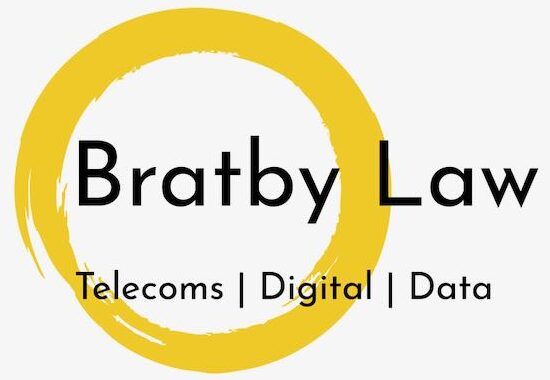Today saw the launch of the sixth Olswang Convergence Survey: ‘Does it add up’. I may now be able to see rather more of the authors, John Enser and Matt Phillips, as its preparation has consumed their every waking hour over the last few months.
They carried out the first Convergence Survey back in 2005. Not so long ago, but back then only 30% of the UK had broadband, and only 12% of people would consider watching TV on their computer. 65% of the respondents in 2005 would buy a DVD at least once a week and less than 10% used their mobile phones for email or internet browsing. How things have changed.
Matt and John describe convergence as: ‘the technological developments which result in an end-user having much greater choice and control over his or her consumption of content in the home and/or on the move, such that he or she decides what to watch, when to watch it, and on what devices, rather than this being determined by technological constraints…for us, convergence is…increasingly about how well-informed consumers will use the functionality and content which is available to them across the full range of devices, platforms and services they own or receive’.
The reports trace a history of technology enabled product innovation being able to meet (or not) user demand for convergence. However the proliferation of cross-platform distribution has also shaken up established industry value chains – think of the impact of internet distribution on the music industry and the shift in value capture from recorded music to live performance. One of the main themes addressed in this year’s survey is whether when the merry-go-round stops if (to mix my metaphors rather horribly) there is enough cake to go around?
Another issue (which I’ll revisit in future posts) is the increasing load being placed on telecoms network by broadcast video content, the challenge for telcos to avoid becoming ‘dumb pipes’ and the net neutrality debate.
However (rather topically for this recent convert to blogging and twitter), the survey found that with increasing product diversity and choice hat consumers are increasingly turning to social media to find out ‘what is hot, and what is not’. Successful services will be those that have a simple user-friendly proposition and appeal to early adopters and social media influencers.
